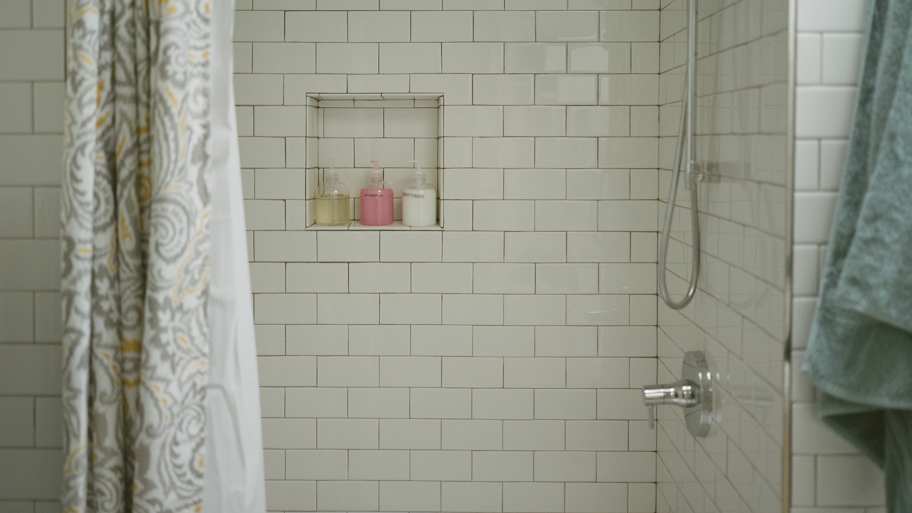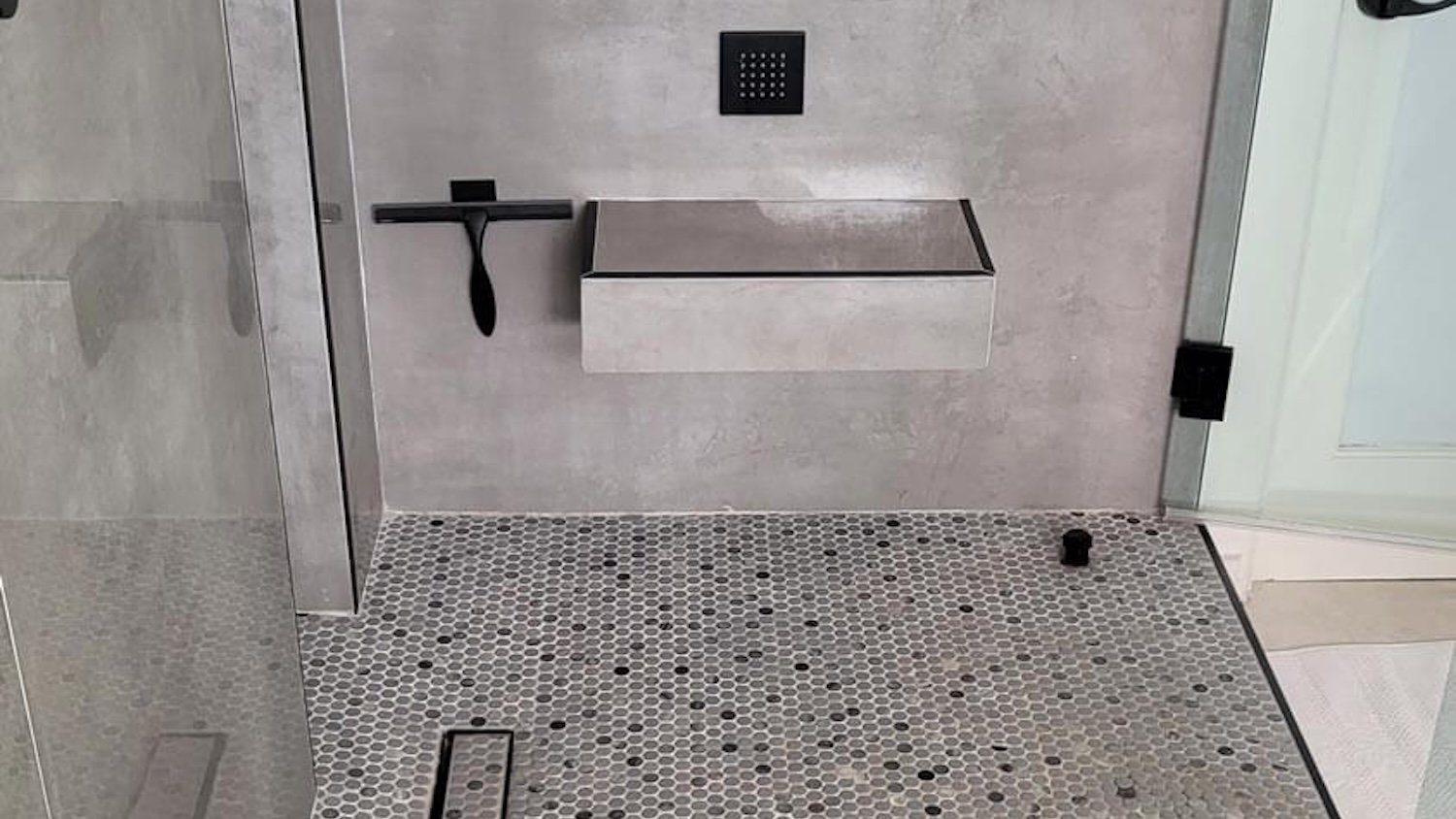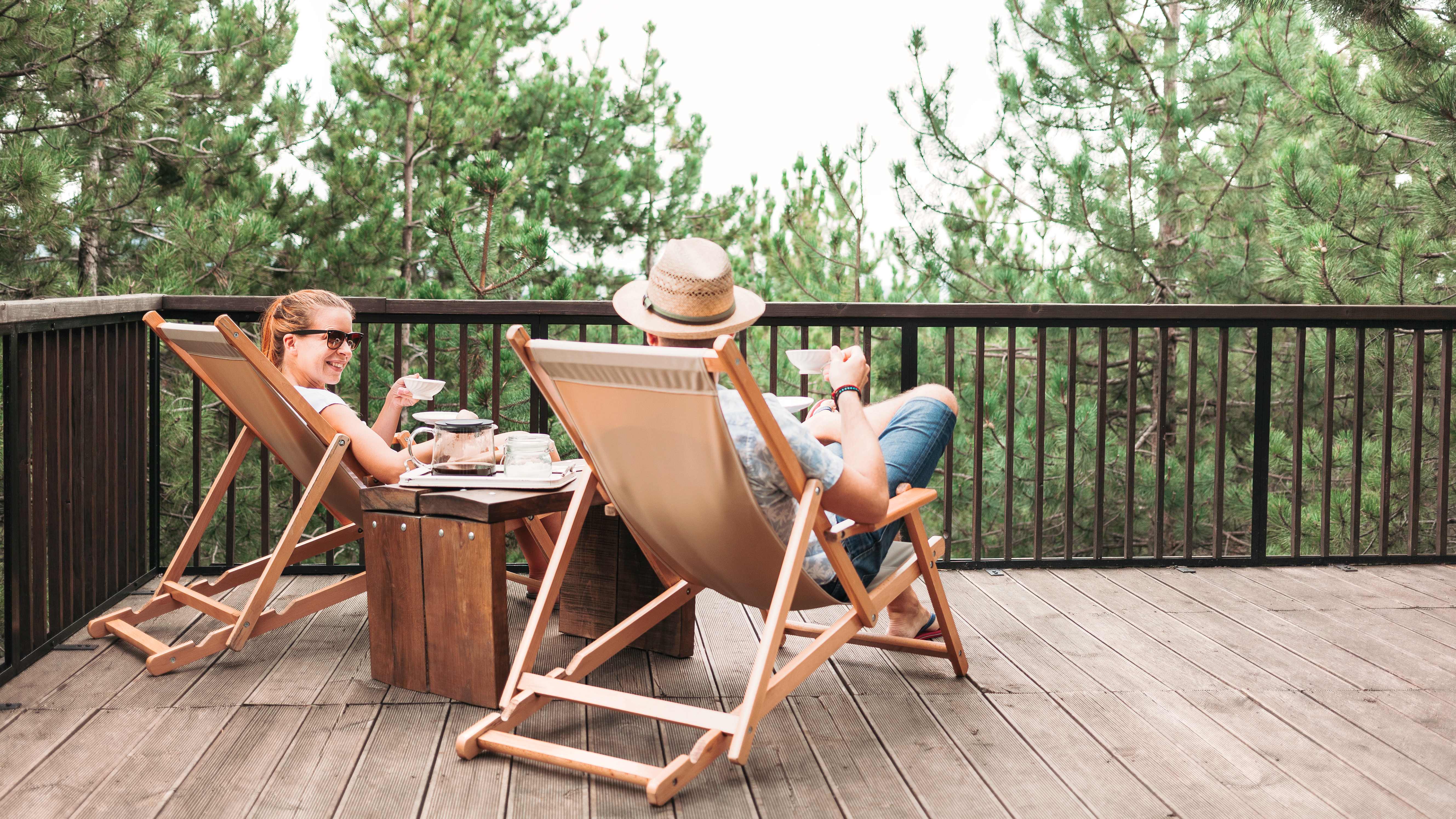Waterproofing With the Hot Mop Method: Everything You Need to Know
Hot mopping just might be the best way to waterproof your bathroom


Hot mopping is a waterproofing method that involves applying multiple layers of felt and hot asphalt to create a waterproof seal.
The hot mopping method is commonly used to waterproof bathrooms, specifically underneath showers, but you can also use it to waterproof your deck, roof, or other home projects, like planters.
Hot mopping is a messy and strenuous project with lots of room for error, so hiring an experienced pro is best to do the dirty work for you.
While a bit of water on the bathroom floor may seem like no biggie, water leaks can lead to serious structural damage. Leaks also encourage mold and mildew growth and cause costly water damage that’s frustrating to fix in the long term.
Thankfully, you have some options to keep your home safe and dry. Hot mop waterproofing is a great solution to pesky leaks and something to consider when remodeling, especially in bathrooms where it truly shines.
What Is Hot Mopping?
While “hot mopping” sounds like a heavy-duty cleaning method, it’s a fairly messy process. It’s a waterproofing method commonly used to waterproof bathroom floors that involves heating asphalt in a kettle and applying it between layers of felt using a large mop, hence the name. The layers meld together while they dry to create an impermeable waterproof seal.
This reliable waterproofing method seals off your shower and bathroom floor, preventing water from leaking onto the subfloor and ensuring there is no water damage to your home and none of the musty smells that come with it.
Don’t hesitate to call a pro when you have a plumbing issue or need repairs. While it’s tempting to wait, water damage from persistent leaks can cause serious problems, including mold and mildew, which pose a health risk. Additionally, the cost of water damage restoration can reach into the thousands.
Hot Mop vs. Membrane Waterproofing
Hot mopping requires workers to install layers of felt with heated asphalt, which makes for a messy and laborious installation. On the other hand, membrane waterproofing requires you to simply install liner sheets.
You can choose from Chlorinated Polyethylene (CPE) or Polyvinyl Chloride (PVC), and the process doesn’t require any heated asphalt. For this reason, DIYers tend to gravitate toward membrane waterproofing.
Another important thing to note is that hot mopping lasts 15 years, while CPE or PVC sheets can last decades longer.
Where Should You Hot Mop?
While hot mopping is most commonly used to waterproof bathrooms, you can also use it to waterproof various home projects (think decks and indoor planters) as well as your roof. In fact, hot mopping is considered to be one of the best ways to cover and protect flat or low-slope roofs.
Overall, installing a hot mop under a shower pan is most common. When you take a shower, most of the water runs down the drain (as it should). Inevitably, though, your tile and grout absorb some of it, sending it to the shower pan below your shower. The hot mop shower pan method creates a reliable waterproof seal under the shower pan to prevent moisture from trickling into your floors and causing damage.
Why Hot Mop Your Bathroom?

Hot mopping is the optimal way to waterproof your bathroom floor. Hot mop pans work better and last longer than other bathroom floor waterproofing methods, including vinyl liners. Opting for hot mop installation during a remodel will give you peace of mind, knowing that the risk of leakage and associated damages is virtually nonexistent.
Hot mopping helps lower humidity levels inside your bathroom, too. The lower the humidity, the less likely water is to infiltrate and damage your fixtures and appliances. Beyond that, hot mopping provides multiple layers of protection against all water leaks.
Can You DIY Hot Mopping?
Hot mopping is a strenuous and dangerous project with plenty of room for error. The hot asphalt gets up to 400 degrees Fahrenheit, meaning you could seriously burn yourself if you make a mistake. And any missteps during installation could mean big problems later, like a shower pan leak. Not to mention that the strong smell of asphalt isn’t fun, either. So, if you’re looking into shower installation costs or shower pan replacement costs, it’s best to plan to hire a pro.
Hire a local shower installation contractor with hot mop experience for the best results. From start to finish, installing a hot mop shower pan will take a pro between one and two hours. Roofs may take a day or two to hot mop, and you should never attempt to go up on your roof, so definitely leave this one to a pro.
How Much Does Hot Mop Installation Cost?
The cost of installing a hot mop shower pan is between $250 and $400. The cost will depend on the size of your project (hot mopping a roof, for example, will cost more than hot mopping a small shower).
Hot mopping a relatively small space like a shower takes about one to two hours, and another couple of hours to dry. Larger spaces, like a roof, may take a day to apply and another day or two to dry. With proper ventilation, the smell will dissipate within a few hours.
You cannot tile directly over hot mop waterproofing because tile requires a smooth, solid surface to adhere properly. Additionally, the shower bed pan needs to be raised and sloped toward the drain to prevent water from pooling. However, you can hot mop and apply a sloped mortar bed over the top (to which the tile can then be adhered).
Shower bed pans and roofs with hot mopping last about 15 years. However, hot mop shower pans can last longer. The quality of the material, installation method, frequency of use, and environment all factor into how long the hot mop will last. Professional installation by an experienced pro provides the longest life for hot mopping.





- Bathroom Remodeling
- Kitchen Remodeling
- Shower Installation
- Stair Installers
- Bathtub Installation
- Shower Door Installers
- Kitchen Design
- Bathroom Design Companies
- Storm Shelter Builders
- Pre-Made Cabinets
- Kitchen Refacing
- Bathtub Replacement
- Ceiling Tile Installation
- Suspended Ceiling Companies
- Residential Designers
- Stair Builders
- Remodel Designers
- Shower Enclosures
- Home Renovations
- Kitchen Renovations
- Garage Remodeling
- Grab Bar Installation
- Walk-In Tub Installers
- Tub to Shower Conversion
- Balcony Contractors

